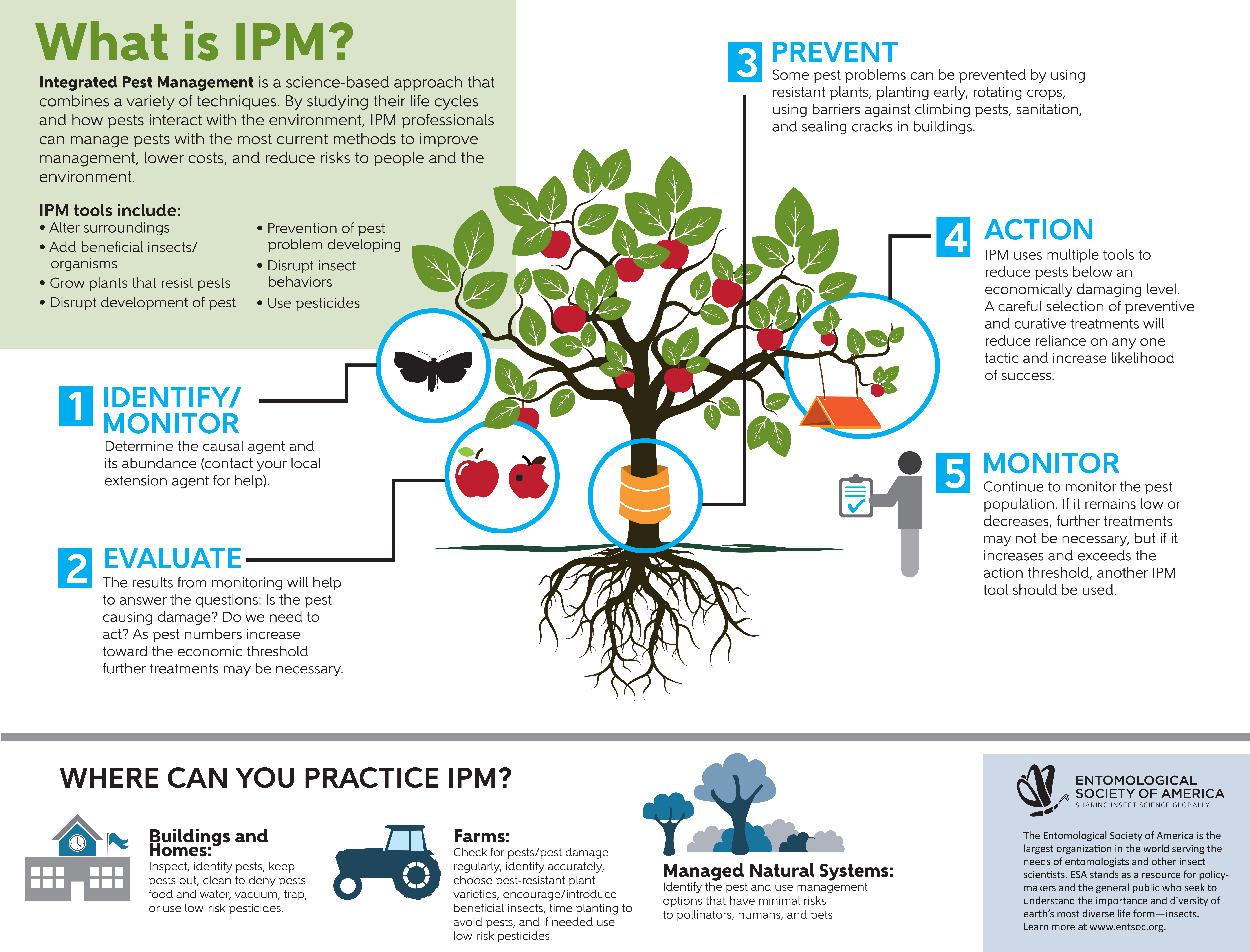Shielding Your Attic From Rats: Secret Suggestions For Homeowners
Shielding Your Attic From Rats: Secret Suggestions For Homeowners
Blog Article
Content Produce By-Thybo Degn
Imagine your attic as a cozy Airbnb for rats, with insulation as fluffy as hotel cushions and circuitry extra luring than area solution. Now, picture these unwanted visitors throwing a wild event in your house while you're away. As a homeowner, guaranteeing your attic is rodent-proof is not practically peace of mind; it's about securing your residential or commercial property and enjoyed ones. So, what straightforward steps can you take to secure your shelter from these furry trespassers?
Examine for Entry Details
To begin rodent-proofing your attic room, inspect for entrance points. Begin by meticulously examining the exterior of your home, seeking any type of openings that rodents might use to get to your attic. Check for voids around energy lines, vents, and pipelines, as well as any kind of cracks or holes in the foundation or house siding. See to it to pay attention to locations where various building materials fulfill, as these prevail access points for rats.
Furthermore, examine the roof covering for any type of damaged or missing tiles, in addition to any kind of gaps around the edges where rodents might press through. Inside the attic, look for signs of existing rodent task such as droppings, ate cords, or nesting materials. Make use of a flashlight to completely examine dark edges and covert spaces.
Seal Cracks and Gaps
Examine your attic completely for any type of fractures and voids that require to be secured to stop rats from getting in. Rats can press with also the smallest openings, so it's critical to secure any potential entry factors. Examine around pipelines, vents, wires, and where the walls meet the roofing. Use a mix of steel woollen and caulking to seal off these openings properly. Steel woollen is a superb deterrent as rodents can not chew through it. Guarantee that all gaps are tightly sealed to refute accessibility to undesirable parasites.
Do not overlook browse around this site of securing voids around windows and doors as well. Use climate stripping or door moves to seal these areas effectively. Check the areas where energy lines go into the attic room and seal them off utilizing an ideal sealant. By taking the time to secure all splits and voids in your attic, you create a barrier that rats will discover difficult to breach. Prevention is type in rodent-proofing your attic room, so be extensive in your initiatives to seal any type of possible entry points.
Get Rid Of Food Sources
Take aggressive procedures to remove or store all prospective food resources in your attic room to deter rats from infesting the room. joshuas pest control are brought in to food, so eliminating their food resources is vital in keeping them out of your attic.
Below's what you can do:
1. ** Shop food firmly **: Avoid leaving any food things in the attic room. Shop all food in closed containers made of metal or durable plastic to avoid rodents from accessing them.
2. ** Tidy up particles **: Remove any piles of debris, such as old newspapers, cardboard boxes, or timber scraps, that rats could use as nesting material or food sources. Keep the attic clutter-free to make it much less attractive to rats.
3. ** Dispose of trash properly **: If you use your attic for storage space and have garbage or waste up there, make certain to take care of it on a regular basis and properly. Decaying garbage can draw in rats, so maintain the attic tidy and without any organic waste.
https://www.bbc.com/news/uk-england-oxfordshire-66288617
To conclude, remember that an ounce of prevention is worth an extra pound of treatment when it pertains to rodent-proofing your attic room.
By making the effort to inspect for access points, seal cracks and gaps, and get rid of food resources, you can maintain unwanted parasites away.
Remember, ' all pro pest control of prevention is worth a pound of remedy' - Benjamin Franklin.
Stay aggressive and safeguard your home from rodent invasions.
